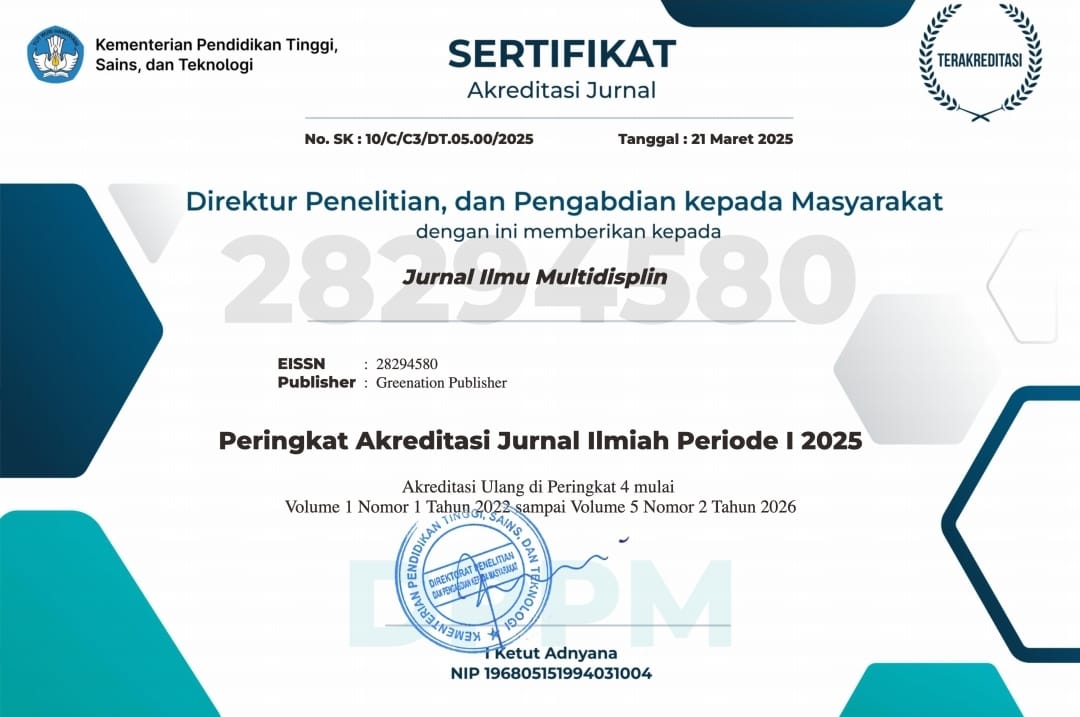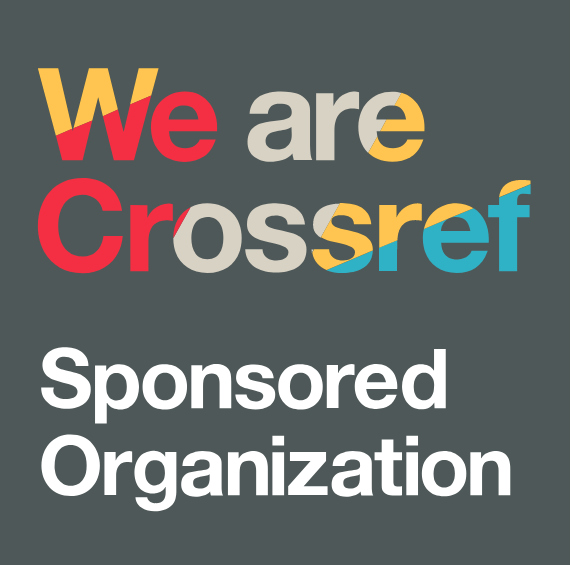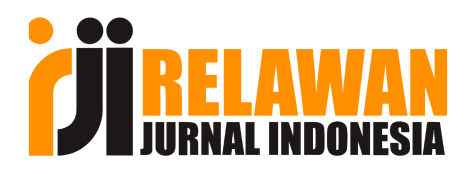Circular Economy Strategy in Managing the Palm Oil and Coal Industries in East Kalimantan
DOI:
https://doi.org/10.38035/jim.v4i4.1347Keywords:
Strategi Ekonomi Sirkular, Industri Sawit, Batu Bara, Kalimantan TimurAbstract
Industri sawit dan batu bara merupakan penggerak utama perekonomian Kalimantan Timur, namun sekaligus menjadi penyumbang signifikan polusi dan limbah yang mengancam keberlanjutan lingkungan. Penerapan circular economy (CE) dipandang sebagai solusi strategis untuk menyeimbangkan kepentingan ekonomi dan ekologi, meskipun kajian tentang penerapannya di sektor ekstraktif Indonesia masih terbatas. Penelitian ini bertujuan merumuskan strategi CE dalam pengelolaan industri sawit dan batu bara dengan menekankan keterkaitannya terhadap kebijakan daerah serta target nasional Net Zero Emission 2060. Metode yang digunakan adalah deskriptif kualitatif, dengan pengumpulan data melalui wawancara mendalam, observasi lapangan, dan studi dokumentasi, kemudian dianalisis melalui reduksi, penyajian, dan penarikan kesimpulan dengan teknik triangulasi sumber. Hasil penelitian menunjukkan bahwa sektor sawit memiliki peluang penerapan CE melalui pemanfaatan limbah padat (tandan kosong, cangkang) dan limbah cair (POME) sebagai energi terbarukan. Sementara itu, sektor batu bara dapat mengintegrasikan CE melalui reklamasi lahan pascatambang untuk kegiatan agroforestri, perikanan, dan ekowisata berbasis masyarakat. Kesimpulannya, strategi CE di Kalimantan Timur menuntut sinergi kebijakan daerah, insentif ekonomi, serta kolaborasi multiaktor guna mendorong transformasi berkelanjutan di sektor ekstraktif.
References
Utomo, S. H., Nuryanti, R., & Susanti, E. (2023). Palm oil waste management and circular economy approach in Indonesia. *Journal of Environmental Management and Sustainability*, 12(3), 145–158. [https://doi.org/10.1016/j.jenvman.2023.118475]
Rishanty, F., Lestari, H., & Putra, M. (2024). Potential of palm oil mill effluent (POME) for biogas and bio-CNG production: Circular economy perspective in Indonesia. *Renewable Energy Research Journal*, 15(2), 89–102. [https://doi.org/10.1016/j.rerj.2024.02.006]
Sura, P. R., & Ardi, R. (2023). Challenges of circular economy in the palm oil industry: A case from Southeast Asia. *Journal of Cleaner Production*, 412, 137256. [https://doi.org/10.1016/j.jclepro.2023.137256]
Djatmika, E. T., Prakoso, W., & Nugroho, A. (2023). Just transition and circular economy in Indonesia’s coal sector: Policy and practice. *Energy Policy*, 176, 113528. [https://doi.org/10.1016/j.enpol.2023.113528]
Ellen MacArthur Foundation. (2019). *Completing the picture: How the circular economy tackles climate change*. Ellen MacArthur Foundation. [https://ellenmacarthurfoundation.org/completing-the-picture]
Harsono, A., & Yuliana, D. (2021). Biomass energy from palm oil waste: A sustainable pathway for Indonesia. *Renewable and Sustainable Energy Reviews*, 143, 110896. [https://doi.org/10.1016/j.rser.2021.110896]
Rahmawati, I., & Sudarmo, S. (2022). The role of regional government in promoting sustainable mining practices in Indonesia. *Journal of Public Administration Studies*, 8(1), 33–45. [https://doi.org/10.25077/jpas.8.1.33-45.2022]
Dwiyanti, A. A. R., & Aryani, I. (2025). Global sustainability standards: A competitive framework for future economies. *Journal of Indonesian Scholars for Social Research*, 6(1), 55–70. [https://ojs.ycit.or.id/index.php/JISSR/article/view/210]
Junaidi, J., Hamdi, E., & Iskandar, M. D. (2025). Analisis faktor internal dan perencanaan SDM pada pemanfaatan tandan kosong kelapa sawit (TKKS) sebagai bahan bakar alternatif. [https://journal.yp3a.org/index.php/pakmas/article/view/3294]
Hasan, M., & Firdaus, R. (2021). Circular economy practices in Indonesian palm oil sector: Opportunities and barriers. *IOP Conference Series: Earth and Environmental Science*, 716(1), 012005. [https://doi.org/10.1088/1755-1315/716/1/012005]
Suharto, B., & Priyono, T. (2020). Policy perspectives on coal mining reclamation in Indonesia: Toward circular economy. *Jurnal Ilmu Lingkungan*, 18(2), 234–248. [https://doi.org/10.14710/jil.18.2.234-248]
Kusuma, D. P., & Wibowo, H. (2019). Palm oil mill effluent treatment and energy recovery in Indonesia: A review. *Waste and Biomass Valorization*, 10(7), 2111–2123. [https://doi.org/10.1007/s12649-018-0239-4]
Yuliani, N., & Maulida, I. (2021). Strategi pemerintah daerah dalam mengimplementasikan pembangunan berkelanjutan di sektor energi. *Jurnal Ilmu Administrasi Publik*, 9(2), 120–135.
Putri, D., & Santoso, R. (2022). Circular economy and environmental governance in extractive industries: Indonesian context. *Jurnal Bina Praja*, 14(1), 55–68. [https://doi.org/10.21787/jbp.14.2022.55-68]
Aprianto, R., & Nugraha, A. (2019). Waste to energy in palm oil industry: A case study from Kalimantan. *Energy Procedia*, 158, 325–330. [https://doi.org/10.1016/j.egypro.2019.01.059]
Astuti, P., & Sari, Y. (2020). Implementasi circular economy dalam pengelolaan limbah industri di Indonesia. *Jurnal Manajemen Lingkungan Indonesia*, 7(3), 145–159.
World Bank. (2021). *Indonesia: Toward circular economy for sustainable development*. Washington, DC: World Bank Group.
BPS Kalimantan Timur. (2022). *Statistik lingkungan hidup daerah Kalimantan Timur*. Badan Pusat Statistik Kalimantan Timur.
Irawan, H., & Mulyani, D. (2023). Coal mining and sustainable development goals in Indonesia: A policy analysis. *Sustainability*, 15(5), 4123. [https://doi.org/10.3390/su15054123]
Fauzi, A., & Yuliana, R. (2020). Governance challenges in palm oil circular economy: Lessons from Indonesia. *Forest Policy and Economics*, 119, 102280. [https://doi.org/10.1016/j.forpol.2020.102280]
Downloads
Published
How to Cite
Issue
Section
License
Copyright (c) 2025 Gamaliel Abimanyu Arlandito, Zulfa Aulia Nuha, Iswara Zathi Perdana, Enos Paselle, Elza Fatika Nur Haliza

This work is licensed under a Creative Commons Attribution 4.0 International License.
You are free to:
- Share— copy and redistribute the material in any medium or format
- Adapt— remix, transform, and build upon the material for any purpose, even commercially.
The licensor cannot revoke these freedoms as long as you follow the license terms.
Under the following terms:
- Attribution— You must give appropriate credit, provide a link to the license, and indicate if changes were made. You may do so in any reasonable manner, but not in any way that suggests the licensor endorses you or your use.
- No additional restrictions— You may not apply legal terms or technological measures that legally restrict others from doing anything the license permits.
Notices:
- You do not have to comply with the license for elements of the material in the public domain or where your use is permitted by an applicable exception or limitation.
- No warranties are given. The license may not give you all of the permissions necessary for your intended use. For example, other rights such as publicity, privacy, or moral rightsmay limit how you use the material.




























